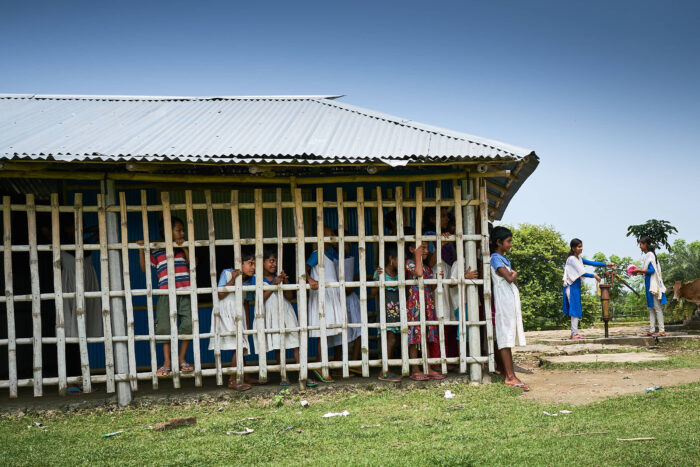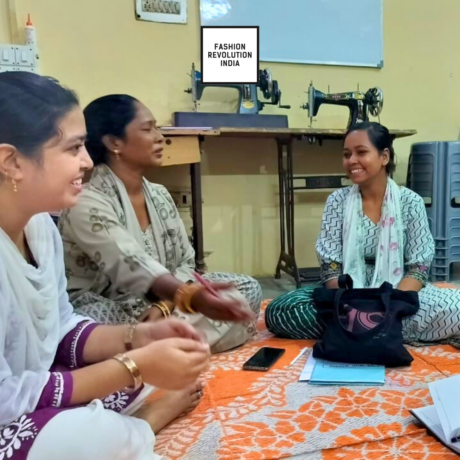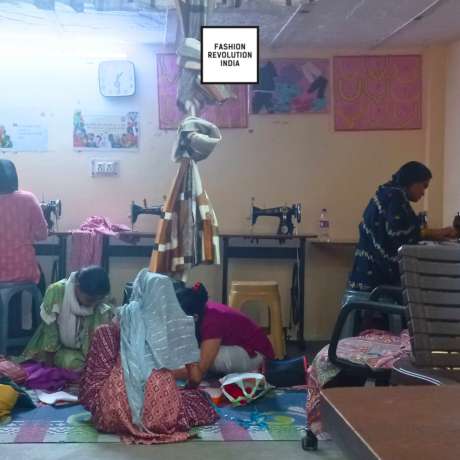Women and Water: What you need to know
Before sitting comfortably on your sofa to read this article, you probably served yourself a glass of water or a cup of hot tea. Your day may have started early this morning, when, half asleep you gravitated towards the bathroom. Perhaps, you are part of the lucky ones planning to enjoy a warm bath on this cosy Sunday. Too often, we tend to forget what a privilege it is not having to think whether the water we drink is clean. More serious still, if the water will run when we turn on the tap.
Regrettably, nowadays more than 700 million people worldwide suffer from water scarcity1. While this number seems a small portion in comparison with the 7.8 billion people on earth, it is yet too many. And personally speaking, I find it frightful to hear that the UN anticipates a threatening water emergency in 2030. It’s just ten years away. I cannot help myself but think of this potential very near future where I, we, could be lacking water. We need to remember how important water is in our lives, in particular today.
Exactly two weeks ago, we were celebrating International Women’s Day. It is certainly not a coincidence that the day we honour women falls so close to the day we celebrate water. Because water is a women’s issue. My responsibilities within Drip by Drip – an NGO directed by women, whose mission is to tackle the water issues in the textile industry – have led me to better understand the impact of the current water crisis on women’s health, a topic that should have been brought to our attention a decade ago.
Women and Fashion – A long-term relationship
If you ask a woman whether she needs new clothes, her answer will likely be “Yes!”. It is therefore not surprising to read that 40% of German women buy new clothes they don’t need, nor that 50% to 80% of our wardrobe hasn’t been worn in the past 12 months. With the emancipation of women worldwide (nothing political here), their role in the economy has become more and more influent. Indeed, women drive 80% of all purchasing decisions!
While the growth of the fast fashion industry can partially be attributed to women consumers, it is sad to realise that the fashion industry itself has been built on the backs of women. Today, women compose the great majority of garment workers around the world. Most of them have no choice but to work in dreadful conditions, forced to accept low wages and excessive overtime. It is not sufficient to bear in mind the unsafe work conditions in many factories – which have notably caused the Rana Plaza factory collapse a few years ago. We must address the risk of sexual violence as much as the lack of regulation to guarantee a safe environment in the production countries.
Women and Water – What’s the connection?

In areas where running water is not provided in every house, the responsibility to fetch water from a traditional well or remote water pump lies with girls and women. Women who have to carry water over long distances while sometimes carrying their children too. Although limited researches have been conducted on the impact of water-fetching practices on women’s health, the World Health Organization (WHO)2 has already recognised serious implications such as spinal injury, neck pain, or spontaneous miscarriage from heavy workloads.
As running water is predominantly unavailable in the hottest and driest regions of the world – paradoxically the regions that would need it the most – women and girls have to leave home early to avoid unbearable heat. It’s also because water is existentially important for their family that they go off to fetch it in the early morning hours. Meanwhile, school is starting, and they’re missing it. The time women and girls spend walking to the water source, carrying it back home and boiling it so it would be drinkable; is as much time that is not available for other purposes such as learning.
Besides reducing school time, the lack of clean water becomes another important issue with the beginning of the period. Hundreds of millions of girls and women3 in the world lack of safe, clean, and private toilet in which to go to. With the absence of privacy during menstruation, women and girls have no choice but to stop school at a young age.
As if the privation of education isn’t enough, the lack of sanitary facilities exposes women and girls to an increased risk of attack. Women without water supplies and toilets within their homes become more vulnerable to sexual violence when travelling to and from public facilities, but also when they have to wait the nightfall to be able to ease themselves in the open.
Fashion, Women and Water – The urgency to take action
It is globally recognised that the fashion industry is jointly responsible for the pollution of our natural water resources. On the other hand, the women who are employed by the textile factories are more likely to live close to their workplace. They are consequently more predisposed to drink contaminated water from the groundwater, which exposes them to a higher risk of contracting water-related diseases. Concurrently, it does put their unborn child at risk too: during pregnancy, contaminated water significantly increases the risk of birth defects or illnesses for the child.
All of the above consequences on women’s health assume that they have sufficient water to drink, albeit polluted. In essence, women’s basic needs (i.e. hydration, sanitation, hygiene) are substantially different than men’s basic needs4. Did you know that women’s needs for water particularly rise during menstruation, pregnancy, the postnatal period and while caring for a sick family member? Probably not, like me. However, whenever their basic needs are not met, women simply cannot participate in any school, work or social activities. We shall not underestimate the directs effects of water scarcity on women’s life.
The more natural water resources are used and polluted by our industries, the further women and girls have to walk and the less time they can allocate for education, work and family. It becomes crucial to recognise the value of water, not only on this particular day but every day of the year. Appreciating water can occur in any small gesture of your routine, from switching off the tap while soaping your hands and using the water-saver button to flush, to use hot water only when necessary and prefer cold wash when your washing machine is full. Without becoming a water advocate (which you can if you want to) or, worse, totally tormented (which definitely won’t solve the problem), you can help us raise awareness amongst your relatives, get involve within your community to protect our water reserves, or even open a fundraising campaign to implement concrete solutions. And in regards to your relationship with fashion, you can choose clothes that are made respectfully of the environment and the people, preferably made in countries that do not suffer from water shortages.
Learn more about the “Women For Water” campaign from Drip by Drip.
References:
- https://www.un.org/waterforlifedecade/scarcity.shtml
- https://www.who.int/bulletin/volumes/97/6/18-223305/en/
- https://www.un.org/development/desa/en/news/sustainable/world-toilet-day2019.html
- https://www.who.int/bulletin/volumes/97/6/18-223305/en/#R4
Banner image: © Benedikt Fuhrmann








